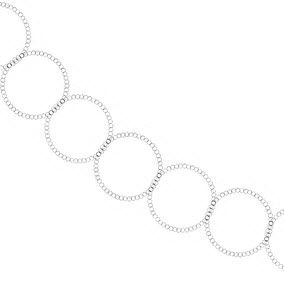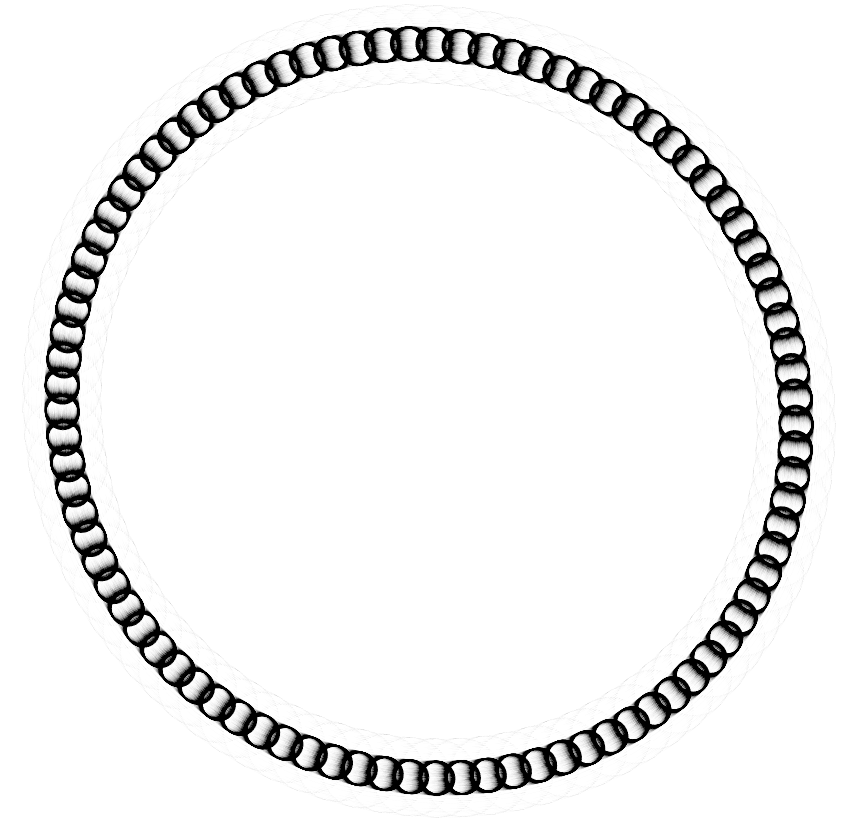linked-rings
I’ve added a new gallery of images. Rather than just working through more random 2 point fractals, this is a gallery of them with just a simple setup. One rotation and one purely scaling transformation. Even with this restriction I was surprised at the number of distinct shapes I was able to generate.
One of my favorite series is the circles of circles which is built of circles all the way down. I had never seen these before and they have a beautiful simplicity, plus I find the whole concept mind blowing. At least with the cantor set construction, it stuck with line segments dividing into a “dust”. The circles of circles, especially the linked ones just throws me for a loop, even though it isn’t really any different than any of the other shapes.
The other two series that stood out were the scalloped and spiral/pinwheel series. There was just something about how clean and effervescent the shapes came out that I really liked.


Leave a Reply